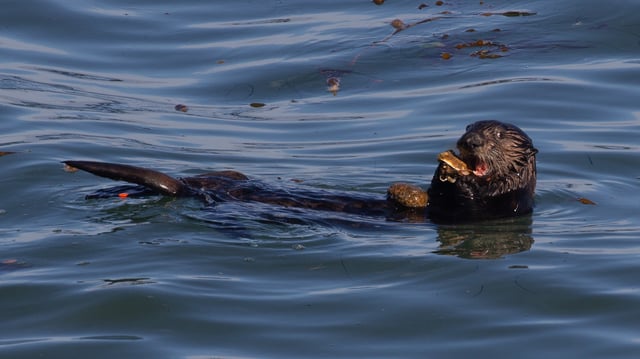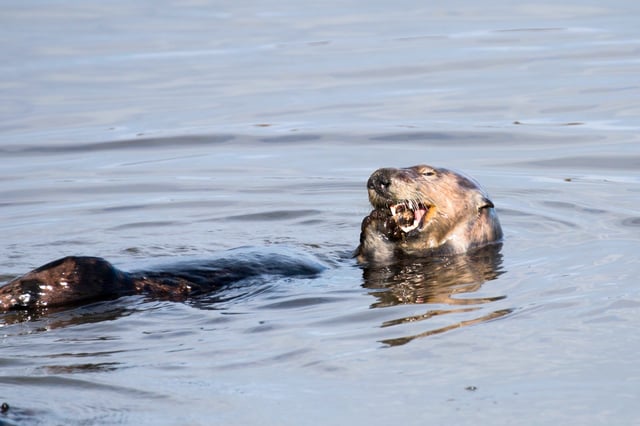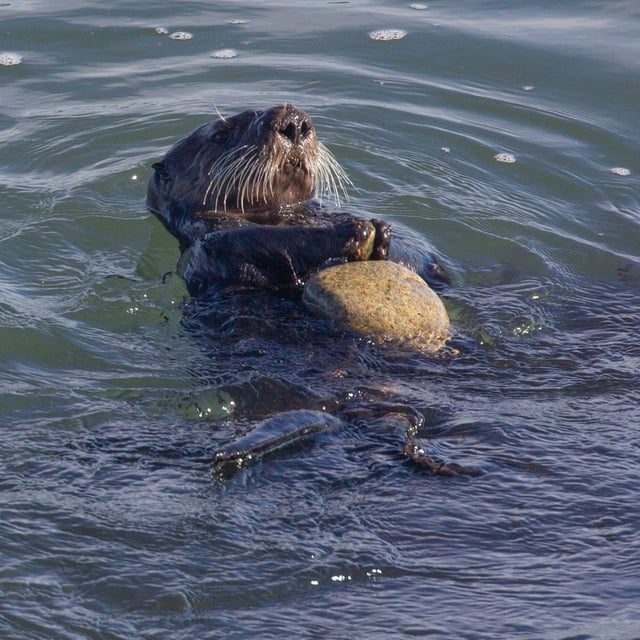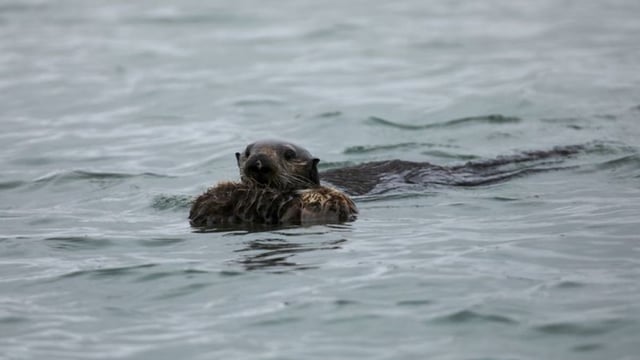Overview
- Sea otters use rocks, shells, and discarded items to break open hard-shelled prey.
- Tool use allows otters to consume larger prey and maintain their calorie needs.
- Female otters, due to their smaller size and higher energy demands, use tools more than males.
- The behavior helps reduce tooth damage, crucial for the otters' survival.
- Southern sea otters are a threatened species, with about 3,000 individuals in California.



